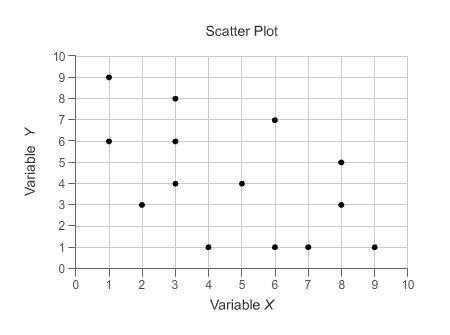
Mathematics, 19.07.2020 01:01 richie3922
Use the Laplace transform to solve the given initial-value problem.
y' + 3y = f(t), y(0) = 0
where f(t) = t, 0 ≤ t < 1 0, t ≥ 1

Answers: 3
Another question on Mathematics

Mathematics, 21.06.2019 20:50
What is the greatest number of parts of a circle that can be formed by cutting the circle with 7 straight cuts? (note: the parts do not have to be equal in size)
Answers: 3

Mathematics, 21.06.2019 23:20
Which best describes a central bank's primary goals? limiting inflation and reducing unemployment reducing unemployment and maintaining cash flow controlling stagflation and reducing unemployment managing credit and ensuring the money supply's liquidity
Answers: 1

Mathematics, 22.06.2019 01:00
Mr. t has been dating his girlfriend for one year nine months and six days how many hours has mr. t been in a relationship
Answers: 1

Mathematics, 22.06.2019 03:30
Which two properties of equality could zoe use to finish solving for x? the equation is 3x - 4 = -10 for x so a either the addition or subtraction property of equalityb ether the multiplication or division property of equality c ether the addition or division property of equality d ether the subtraction or division property of equality just a simple a b c or d plz.
Answers: 2
You know the right answer?
Use the Laplace transform to solve the given initial-value problem.
y' + 3y = f(t), y(0) = 0
...
...
Questions


Social Studies, 10.10.2019 11:30

History, 10.10.2019 11:30


Biology, 10.10.2019 11:30



Mathematics, 10.10.2019 11:30



Geography, 10.10.2019 11:30


English, 10.10.2019 11:30

Biology, 10.10.2019 11:30

Advanced Placement (AP), 10.10.2019 11:30


Biology, 10.10.2019 11:30


Mathematics, 10.10.2019 11:30

![y(t) = \frac{-1}{9} + \frac{1}{3}t + \frac{1}{9}e^{-3t} - [\frac{-1}{9} + \frac{1}{3}t - \frac{2}{9}e^{-3(t-1)}]u(t-1)](/tpl/images/0709/5751/2be93.png)
 ...............(**)
...............(**)![Y(s) [s + 3]=\frac{1}{s^2} - e^{-s} ( \frac{1}{s^2} + \frac{1}{s}) \\Y(s) = \frac{1}{s^2(s+3)} - e^{-s} ( \frac{1}{s^2(s+3)} + \frac{1}{s(s+3)})](/tpl/images/0709/5751/bccdc.png) .......................(3)
.......................(3)

![Y(s) = \frac{-1}{9s} + \frac{1}{3s^2} + \frac{1}{9(s+3)} - e^{-s} [\frac{-1}{9s} + \frac{1}{3s^2} + \frac{1}{9(s+3)} + \frac{1}{3s} + \frac{1}{3(s+3)}]\\Y(s) = \frac{-1}{9s} + \frac{1}{3s^2} + \frac{1}{9(s+3)} - e^{-s}[\frac{2}{9s} + \frac{1}{3s^2} - \frac{2}{9(s+3)}]](/tpl/images/0709/5751/c1446.png) ................(4)
................(4)![y(t) = \frac{-1}{9} + \frac{1}{3}t + \frac{1}{9}e^{-3t} - u(t-1)[\frac{2}{9} + \frac{1}{3}(t-1) - \frac{2}{9}e^{-3(t-1)}]](/tpl/images/0709/5751/29d9d.png)



